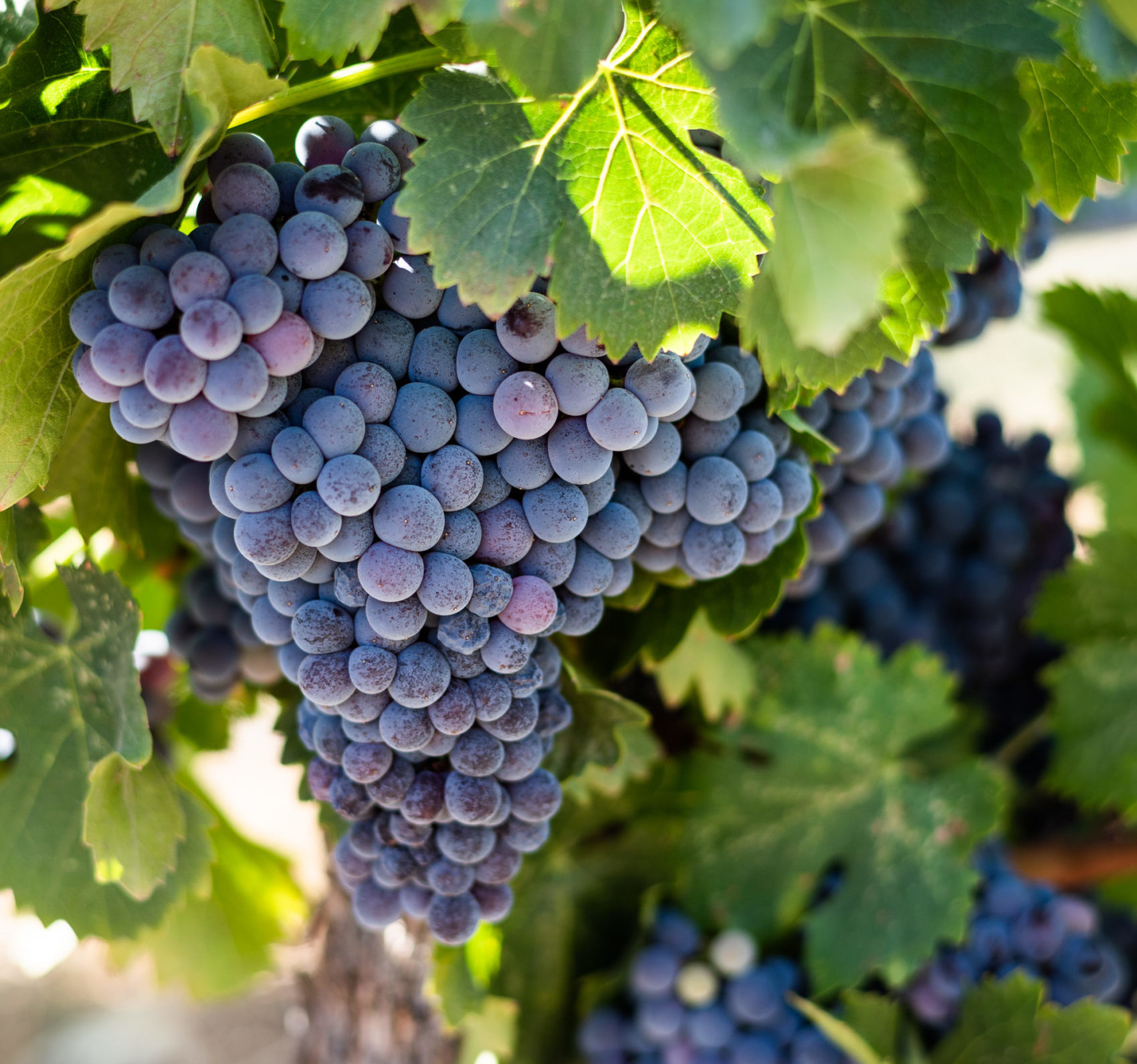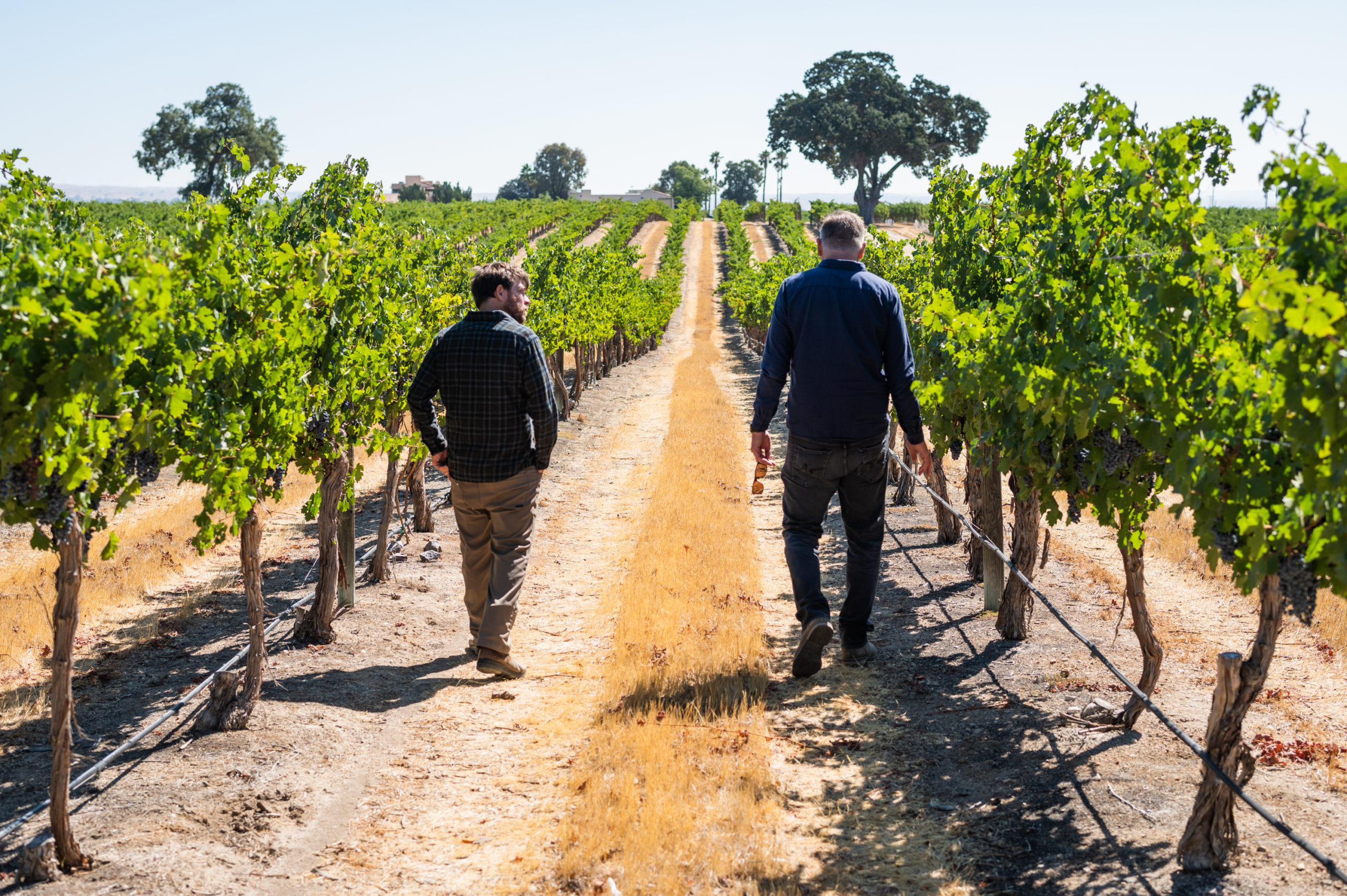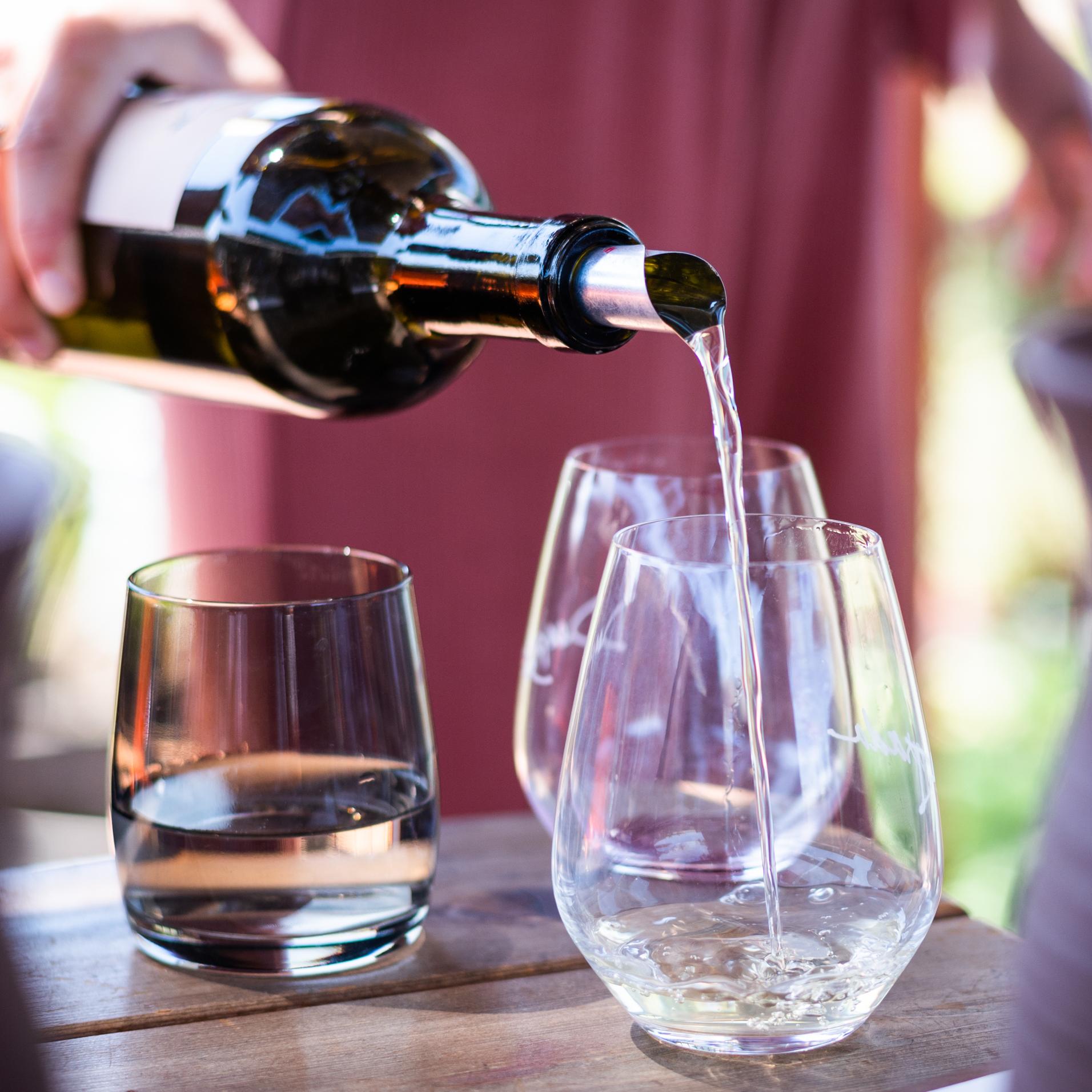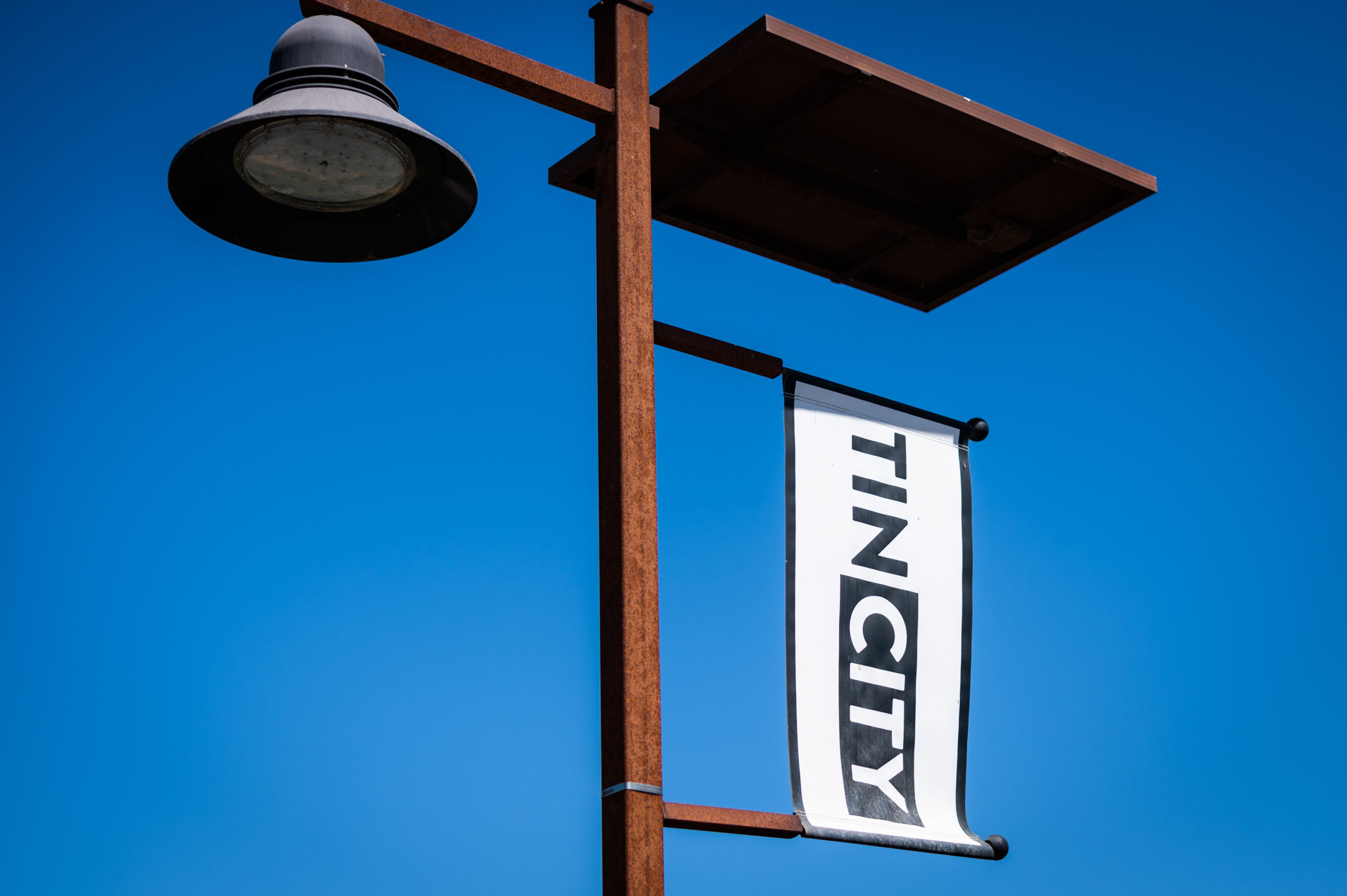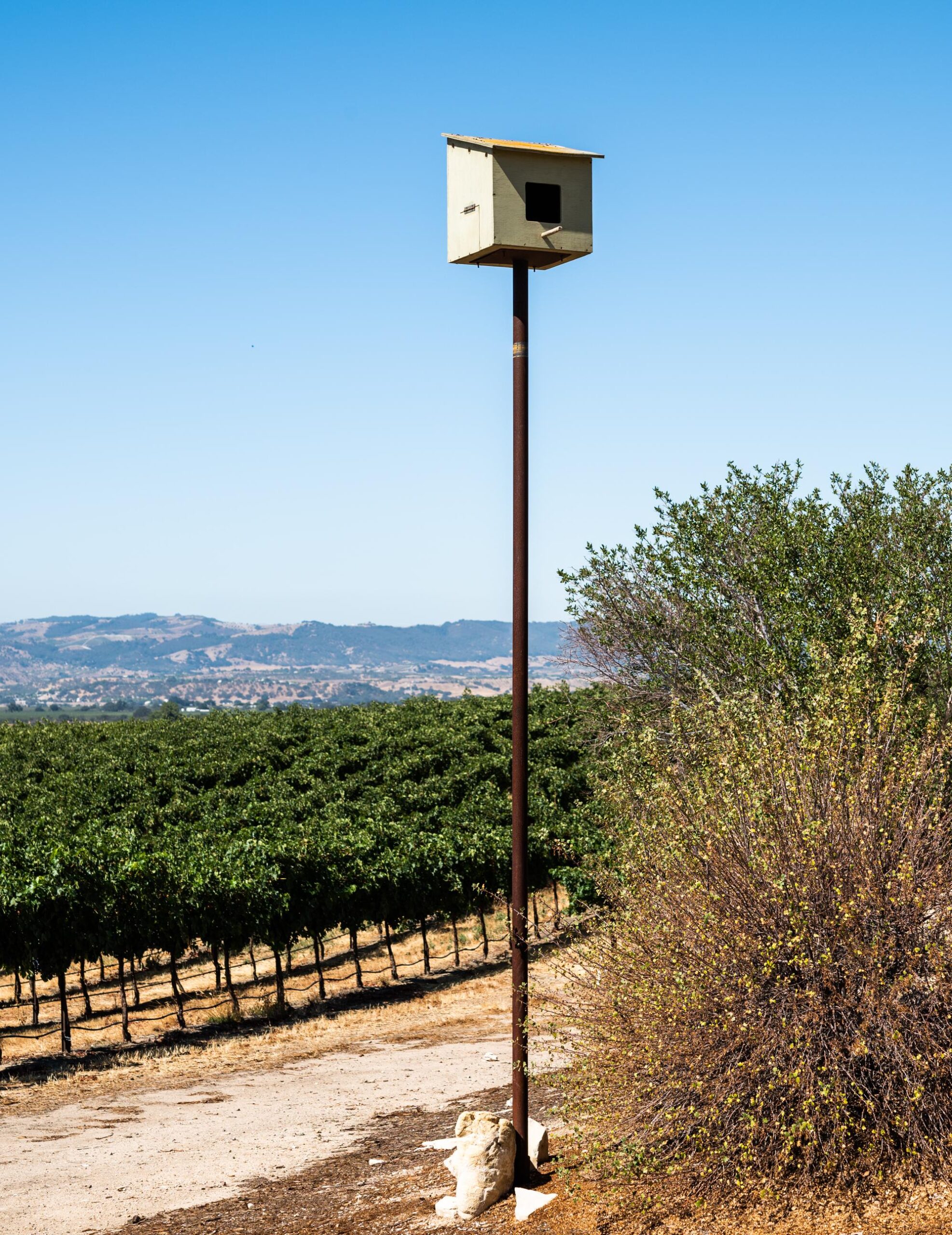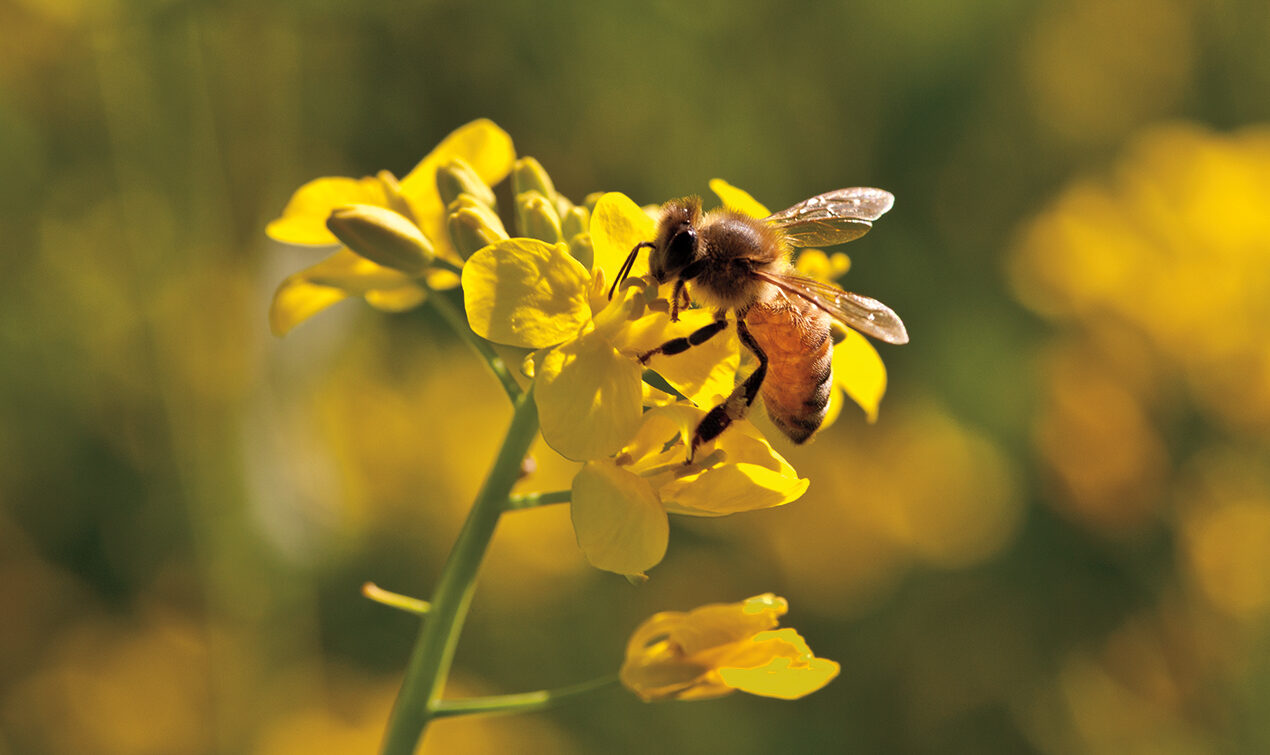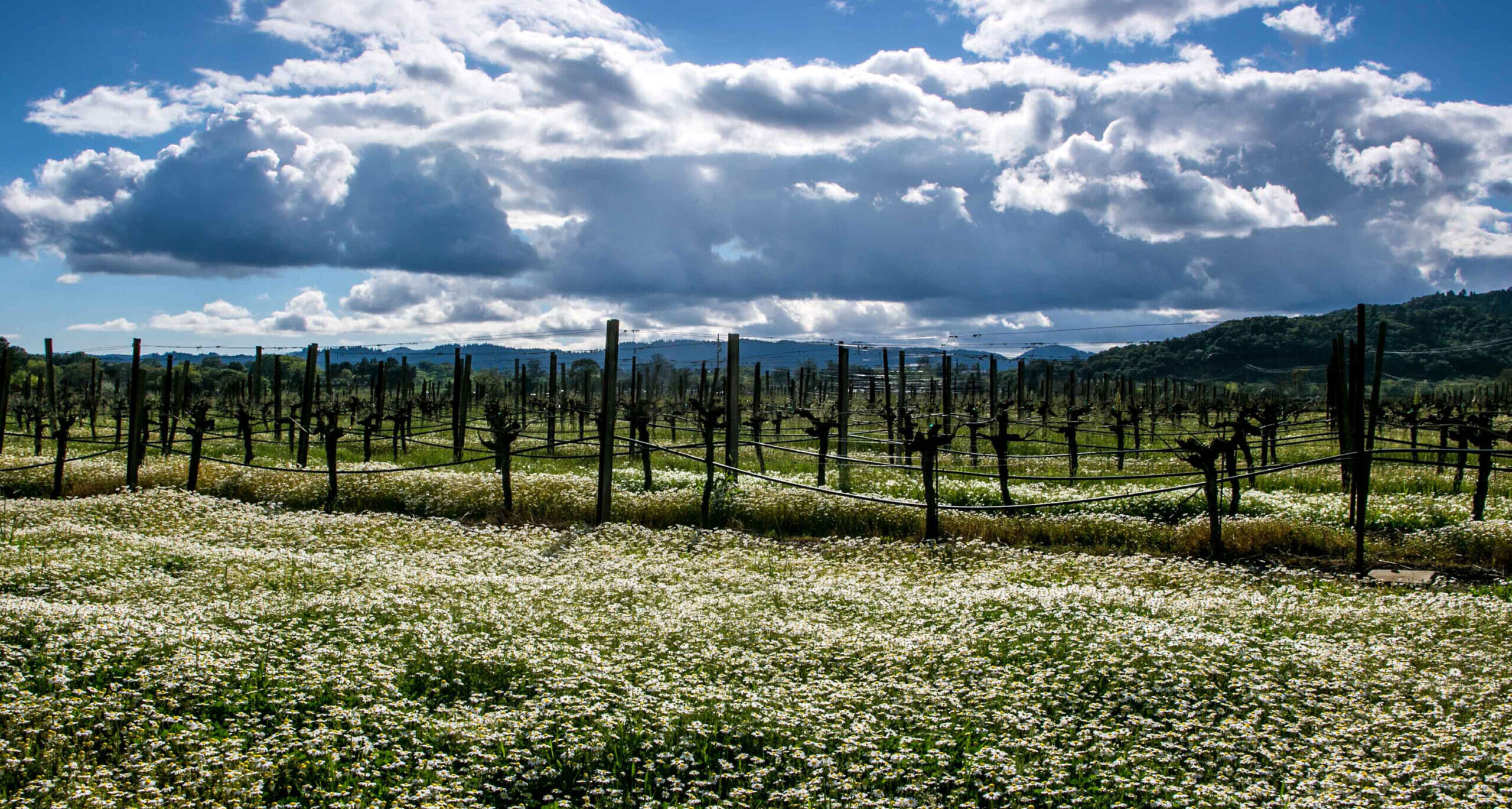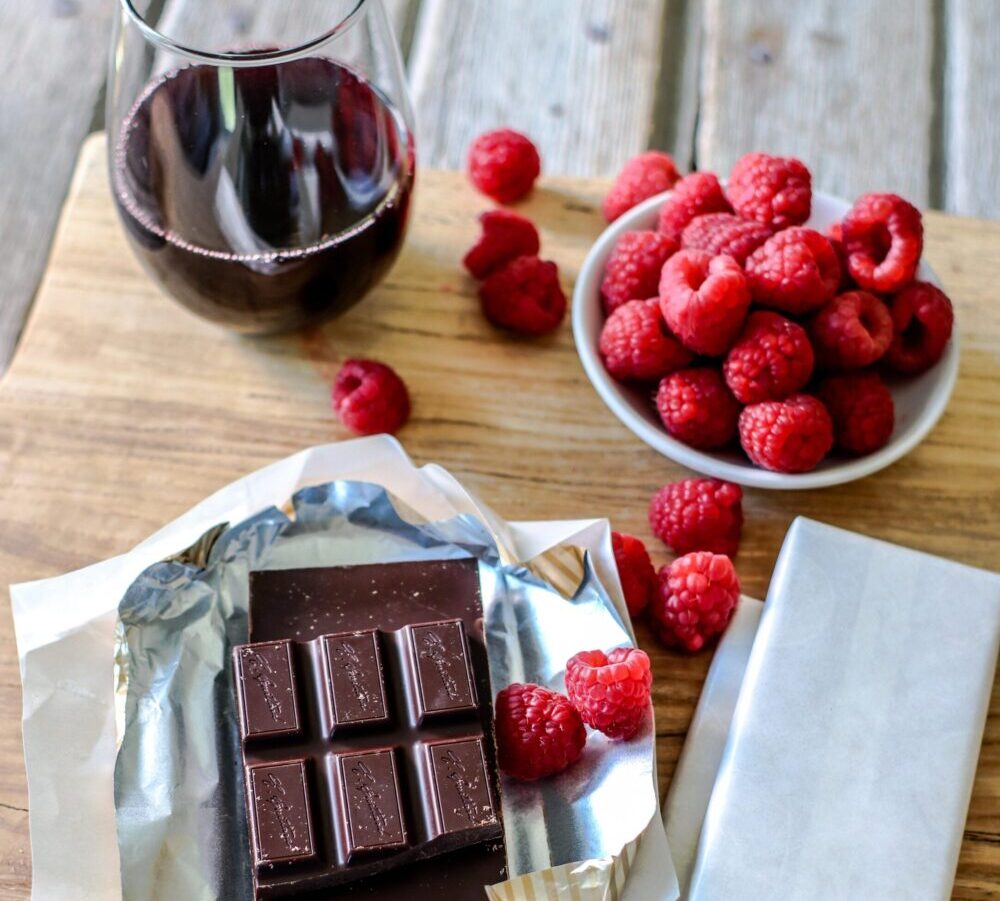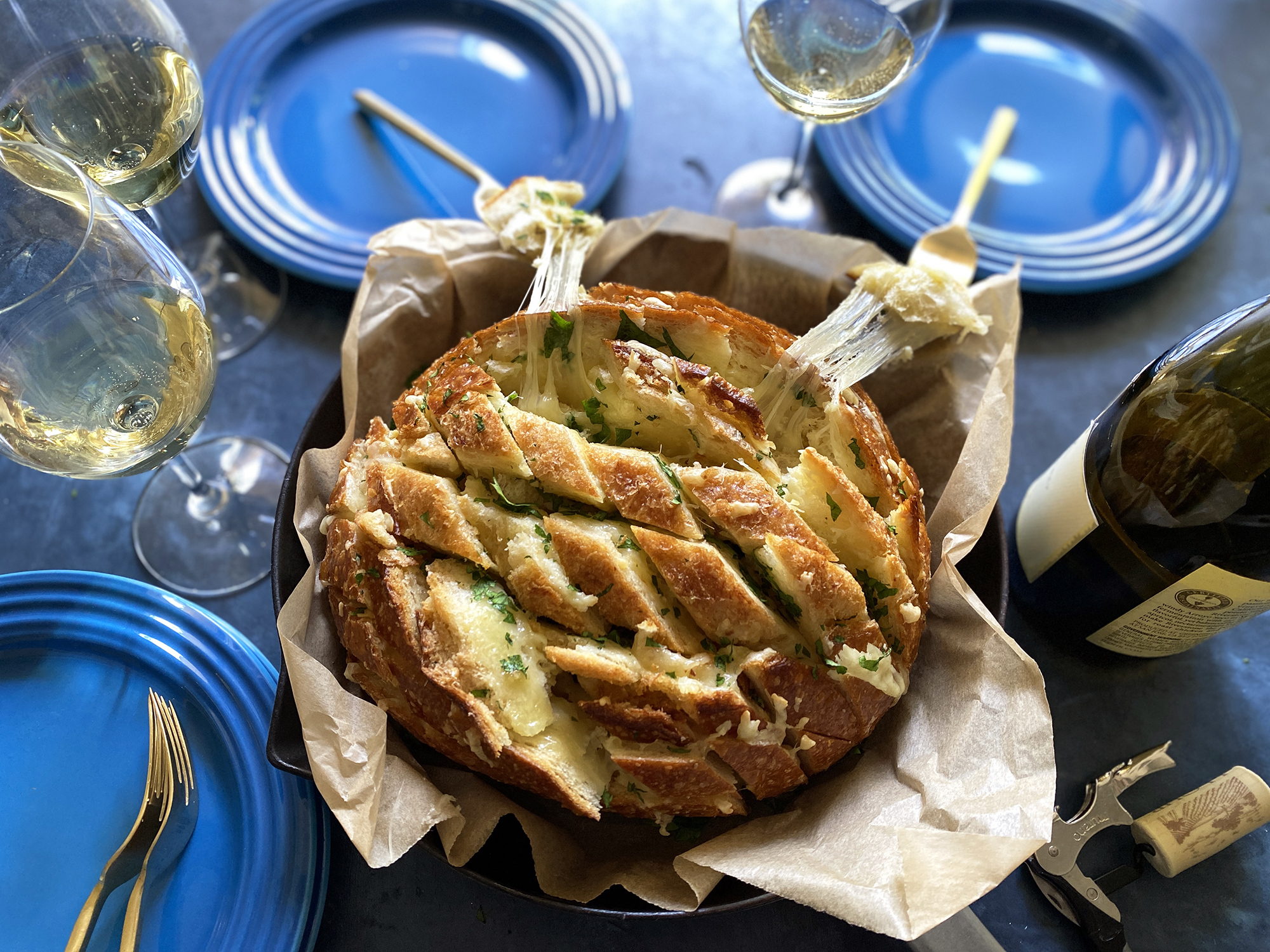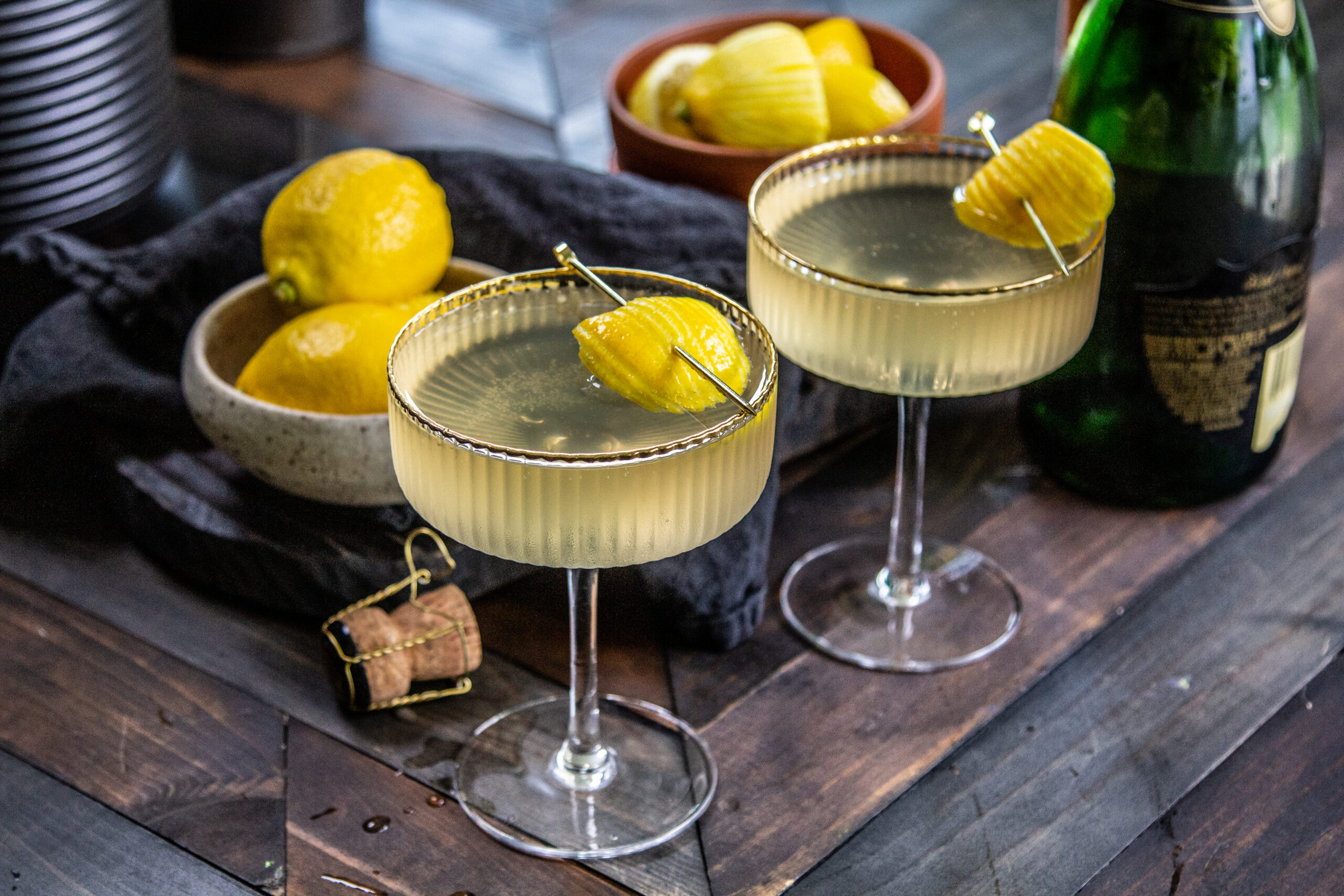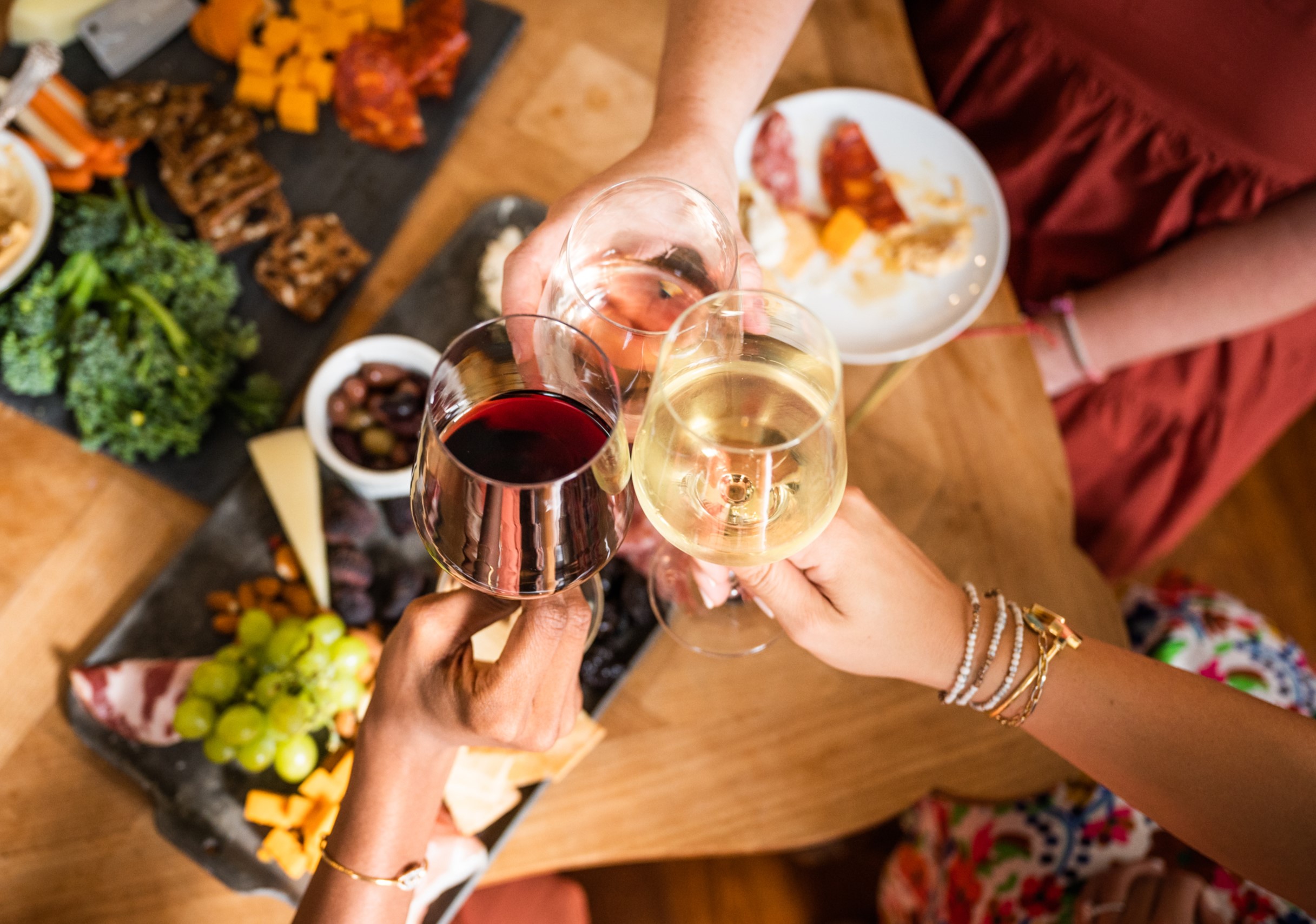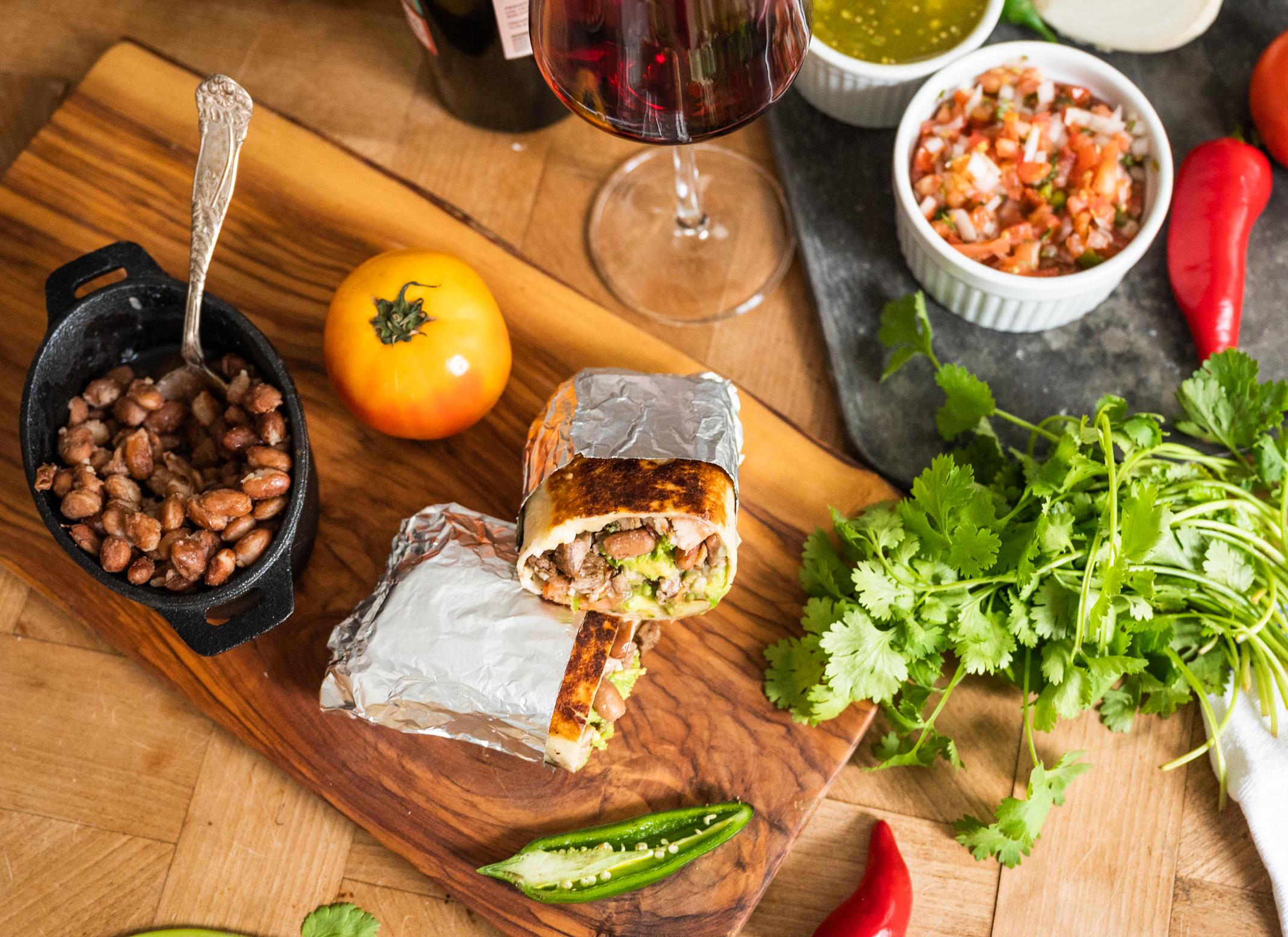All About Paso Robles Wines
Paso’s long, warm days and cooler evenings create an ideal climate for growing a diversity of winegrapes. There you’ll find a sprawling landscape of rolling foothills surrounded by steep mountains and rugged canyons with over 200 wineries on 40,000 acres. Today, over 60 different varieties are being grown in the region.
Though heat-loving and heritage variety Zinfandel has been popular with Paso winemakers for decades, you’ll also find many Bordeaux wines such as Cabernet Sauvignon. There is also a growing number of Rhône-style red wines like Syrah, Grenache and Mourvedre, and whites including Viognier, Roussanne and Marsanne. To the southwest, where ocean fog creates the right environment for cooler climate wines, Pinot Noir rules.
Paso Robles’ AVA is one of the largest in California and includes 11 sub-AVAs. Those to the east of Highway 101 have a warmer, dryer climate and include San Miguel, Paso Robles Estrella, Paso Robles Geneseo and El Pomar. Here, elevations are between 700-1,600 feet and have alluvial, clay and loamy soils.
Farther east, and with even more elevation you’ll find the San Juan and Paso Robles Highlands sub-AVAs. There, they have the least amount of rain and greater temperature fluctuations.
The sub-AVAs located to the west of Highway 101 are in the Santa Lucia mountains, are much closer to the ocean, and include Adelaida, Paso Robles Willow Creek, and Templeton Gap. With elevations of up to 2,000 feet, they receive about 30 inches of rainfall annually and have calcareous soils. Santa Margarita Ranch, the southernmost sub-AVA, is planted on steep mountain slopes up to 1,400 feet on mainly alluvial soils.


